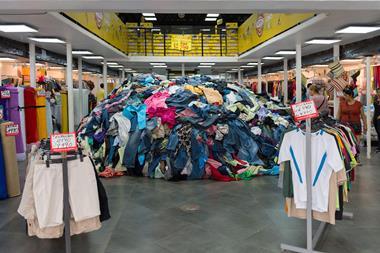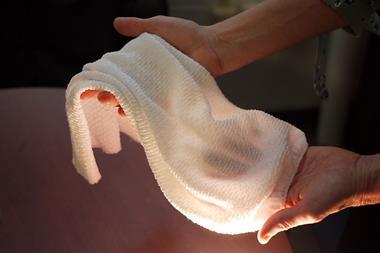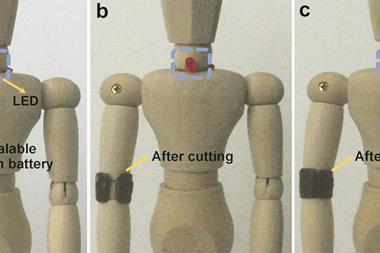Smart materials are edging closer to being useful

Smart devices now encompass much more than just smartphones. Voice-controlled smart speakers and wearable health gadgets are merely a preamble to technology infiltrating the minutiae of our homes and lives. A Market Research Engine report published a couple of weeks ago forecasts the wearable devices market to be worth $67 billion by 2024. Likewise, a piece of market research from Markets and Markets predicts the smart home market to grow from $76.6 billion last year to $151.4 billion by 2024.
Could smart materials also be on the cusp of a similar revolution? Over the past few years, Chemistry World has covered actuators, aerogels, coatings, crystals, hydrogels, plastics and textiles that respond to their environment. Nature is the expert at amplifying nanoscale information into global action; mimicking this concept in artificial systems, however, is far from easy.
Understanding the breadth of stimuli that can induce a response in a system has been, and still is, key to building smart chemical systems. The smart fabric we reported on last month responds to humidity by changing its infrared emissivity in real time. If your home or office thermostat is as erratic as the one at Chemistry World HQ then clothes made from a material that regulates heat exchange with the environment will fly off the shelves.
The self-repairing hydrogel we reported on at the beginning of February, in my opinion, an even more exciting materials milestone. Sure, we’ve seen self-healing materials before. This new hydrogel, however, responds to mechanical stress much like a muscle would; it doesn’t just mend itself – it actually gets stronger. It exemplifies how synthetic materials are no longer confined to being closed systems. They can maintain themselves by exchanging materials with their environment to build up (or break down) their components. And it’s important to remember that the physical chemistry of an open system is rather different to that of a closed one. Fields like nonlinear chemical dynamics, that were previously more applicable to biological systems, will soon be much more important for materials chemistry. Molecular dynamics simulations will also need to evolve from being focused on systems with a fixed number of molecules.
The biggest headache I see for materials scientists is building systems that respond to multiple stimuli – single-stimuli materials will be of limited use in today’s world. That and developing environmentally responsible ways to manufacture these materials from the outset. In any case, it seems smart materials are set for a kaleidoscope of clever applications that will augment our everyday lives.

















No comments yet